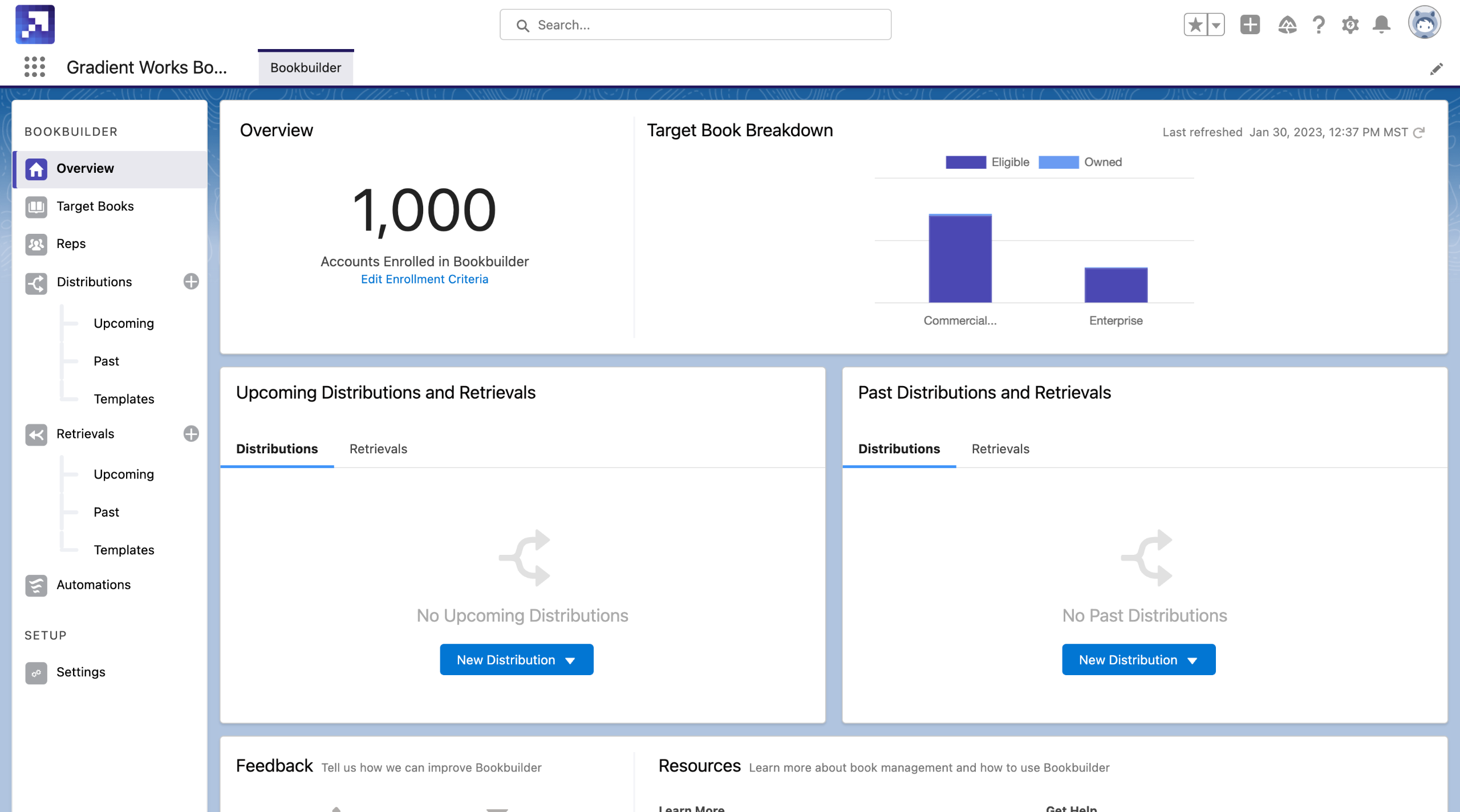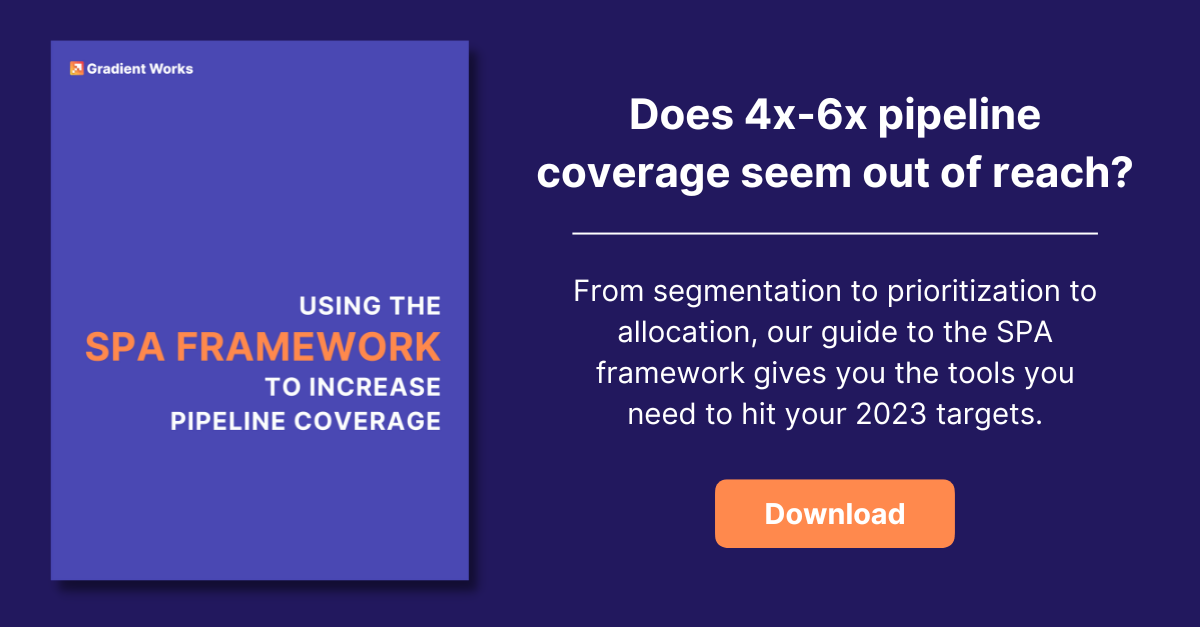Your board expects growth this year, but it’s a tough time to run a sales team. Fewer reps are making quota, companies are adjusting targets, and buyer budgets are frozen. You’ve identified new accounts, created segments, and set up new sales strategies (PLG, ABM, upmarket). How do you guarantee that your teams are following the new playbooks to target the right accounts and generate sales pipeline?
It starts with data. Data you probably already have. Data you’re probably not using to the fullest.
Marketing probably spent big on 6sense, Demandbase, Bombora, Zoominfo, or some other intent solution, but that’s usually where it stops. Intent data could make prioritizing accounts easier, but that wealth of knowledge often stays tucked away with the marketing team.
You’ve probably seen this phenomenon in action. Good accounts are in your Salesforce instance and may already even be enriched with intent data. But, most of the time the only thing that sales hears is “follow up with any accounts mysteriously labeled as '6QAs'." Sales simply hasn’t been trained on where to find intent data or how to use it in the sales workflow.
Integrate intent into the sales workflow
It’s time to bring intent into the sales process. Intent data can be used for account scoring, coverage/book balancing, and increasing rep productivity with better prioritization. Combined with firmographic and technographic data, marketing and sales can use intent to score accounts that are the best fit for outreach.
This data is crucial to covering the right accounts for your GTM sales strategy. You’ve seen the symptoms of market coverage gaps. For example, prospects that sign with a competitor with no engagement from your team. In many cases, those prospects were hidden in a rep’s book who’s hoarding accounts and isn’t effectively working them all. Or, worse, they weren’t assigned out as part of your territory plan in the first place. In both cases, the result is the same. Once you have identified those accounts using intent data, you can re-focus rep activity or reallocate those accounts to other reps with capacity.
When used correctly, intent data increases rep productivity. (We have a calculator for that.) It can take 8-18 touches from a rep before a prospect responds. The colder the outreach, the worse the response rates. Often, reps employ a “spray-and-pray” approach to account coverage to ensure they make the right amount of touches. Instead, give reps a smaller, focused book of high-potential accounts to work on so that they can spend more time with each account. Smaller books of high-intent accounts enable reps to tailor their outreach and produce sales opportunities efficiently. Smaller books also make it easier for managers to improve a rep’s focus and engagement through coaching.
Bring it all together with dynamic books
Effectively using intent signals is a core part of dynamic book management. All high-fit prospects aren’t created equal and you likely don’t have the quota capacity to engage all of them at once, regardless. Intent signals tell you if an account is in-market or not, enabling you to shift your reps’ books to focus on those high-fit accounts that are ready to buy.
Gradient Works provides several ways to integrate intent data into your sales strategies and process:
- Focus engagement on your highest potential accounts. Build rep books that incorporate intent signals so each rep has a high-fit, high-intent book of accounts to target.
- Improve coordination between marketing, sales. Track intent-driven engagement levels for reference accounts based on intent data. With market coverage reporting, you can look at each segment your teams are targeting and what accounts are the best fit for your solution based on firmographic and technographic data.
- Quickly spot imbalances that limit sales opportunities. Identify groups of accounts that aren’t being engaged and get them into a rep’s hands immediately with distributions. Reallocate quota capacity from over-capacity reps using retrievals.
- Analyze rep-level performance metrics for coaching. If your team isn’t booking enough meetings, rep coverage reporting helps you coach reps to focus on the best accounts, meet activity thresholds, and do more effective intent-driven engagement.
Using Gradient Works to incorporate intent data from 6sense, Demandbase, Bombora, and Zoominfo into your sales workflow helps you drive pipeline generation more efficiently through better account coverage. This reduces your overall customer acquisition cost (CAC) while also maximizing the value you’re getting from existing technology investments.
Want to see Gradient Works in action? Take a product tour below.






